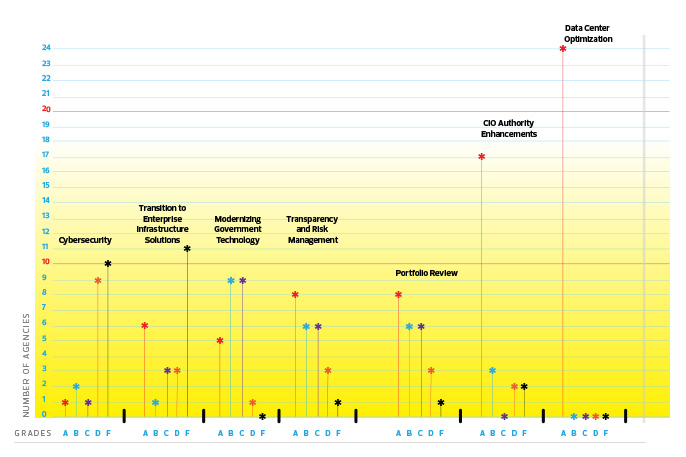How USAID Has Optimized Its IT Environment
The first agency to receive an A on the FITARA scorecard was the U.S. Agency for International Development, in January of 2017. USAID has continued to rattle off high grades ever since, earning its sixth A in July.
Zecharia Kahn, division chief for IT operations at the agency, says that the impact of FITARA goes far beyond the scorecard.
“FITARA is really important, and we’re proud of the results we’ve had,” Kahn says. “But outside of achieving an A on the report card, the IT modernization and the work that we’ve done has allowed us to be more nimble and flexible and provide really good service to our mission.”
“It’s allowed us to meet our programmatic operations goals around the world, and it helped us pivot to remote work during COVID,” he adds.
Kahn identifies three major changes that have helped USAID optimize its IT environment and ace the FITARA scorecard. For one, the agency long ago shifted to cloud collaboration and cloud email through Google. Also, USAID has moved its entire data center environment to a secure cloud, primarily migrating resources to Microsoft Azure and Amazon Web Services. Finally, the agency has adopted agile processes for 100 percent of its software development efforts.
LEARN ABOUT: Reducing supply chain cybersecurity risks with updated GSA standards.
The cloud, in particular, has helped USAID shave costs and ensure that the agency doesn’t overprovision resources, Kahn says. “There are real benefits. We spin up test and development environments, and then spin them down on a regular basis to achieve cost savings.
“We’ve been really intentional about putting governance controls in place,” he adds. “To spin up resources, people need a funding source, and they need to identify exactly what they’re doing. That’s helped us to avoid cloud sprawl.”
“The cloud also helps with cybersecurity,” Kahn adds. “If we think there’s an issue with something, we can rebuild a server from scratch without having to worry about finding the hardware. And the ability to be flexible and scale up if we need to is really important.”
Along with encouraging specific changes to the way technology is procured and deployed, Kahn notes FITARA has promoted a culture shift across government.
“FITARA redefines the role of the CIO within the organization,” he says. “Congress has really innovated the scorecard over time, and it’s had all these positive outcomes. Agencies are influenced by the priorities that Congress is laying out, and then we have a forum to show the progress that we’ve made.”













